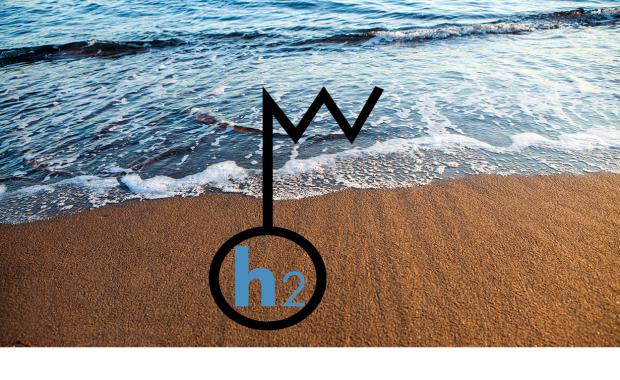
Breaking News
 Former Pfizer Vice President: COVID Shots Were 'Designed To Cause Injury,' Reduce Fertility
Former Pfizer Vice President: COVID Shots Were 'Designed To Cause Injury,' Reduce Fertility
 A List of Family Entertainment
A List of Family Entertainment
 US Launches at Least Four More Airstrikes in Somalia as Record-Shattering Bombing Campaign Continues
US Launches at Least Four More Airstrikes in Somalia as Record-Shattering Bombing Campaign Continues
 "Ben Shapiro, fu*k you and the midget horse you rode in on.
"Ben Shapiro, fu*k you and the midget horse you rode in on.
Top Tech News
 Perfect Aircrete, Kitchen Ingredients.
Perfect Aircrete, Kitchen Ingredients.
 Futuristic pixel-raising display lets you feel what's onscreen
Futuristic pixel-raising display lets you feel what's onscreen
 Cutting-Edge Facility Generates Pure Water and Hydrogen Fuel from Seawater for Mere Pennies
Cutting-Edge Facility Generates Pure Water and Hydrogen Fuel from Seawater for Mere Pennies
 This tiny dev board is packed with features for ambitious makers
This tiny dev board is packed with features for ambitious makers
 Scientists Discover Gel to Regrow Tooth Enamel
Scientists Discover Gel to Regrow Tooth Enamel
 Vitamin C and Dandelion Root Killing Cancer Cells -- as Former CDC Director Calls for COVID-19...
Vitamin C and Dandelion Root Killing Cancer Cells -- as Former CDC Director Calls for COVID-19...
 Galactic Brain: US firm plans space-based data centers, power grid to challenge China
Galactic Brain: US firm plans space-based data centers, power grid to challenge China
 A microbial cleanup for glyphosate just earned a patent. Here's why that matters
A microbial cleanup for glyphosate just earned a patent. Here's why that matters
 Japan Breaks Internet Speed Record with 5 Million Times Faster Data Transfer
Japan Breaks Internet Speed Record with 5 Million Times Faster Data Transfer
"Exceptional" new catalyst cheaply splits hydrogen from seawater

Research into green hydrogen production is advancing at a rapid rate right now, as countries worldwide jockey to establish themselves in what's expected to become a huge global market for clean fuels. Australia's vast renewable energy potential and export-focused economy place it well to compete at high volumes internationally. But as a continent dominated by desert, it's also critically aware of water shortages and the dangers of shipping the lifeblood of its land overseas. Nine liters (2.4 gal) of fresh water per kilogram (2.2 lb) of hydrogen bodes poorly for bulk production.
Creating green hydrogen from seawater is harder than using fresh water; there's corrosion to think about, as well as lots of impurities and micro-organisms. You need coastal locations close to renewable energy – not a problem for a country as large and relatively empty as Australia, but definitely a factor elsewhere. At some scale you need to think about what you're putting back into the ocean after you've finished – whether you're creating dangerous levels of salinity or pumping high concentrations of toxic chlorine back into the marine environment.
But the benefits are pretty huge; not only is your water supply free when you use seawater, but if that hydrogen is burned or run through a fuel cell locally, fresh water is emitted that can filter through the water table and feed the parched land. Desalinated water is one heck of a bonus.

 Advanced Propulsion Resources Part 1 of 2
Advanced Propulsion Resources Part 1 of 2

